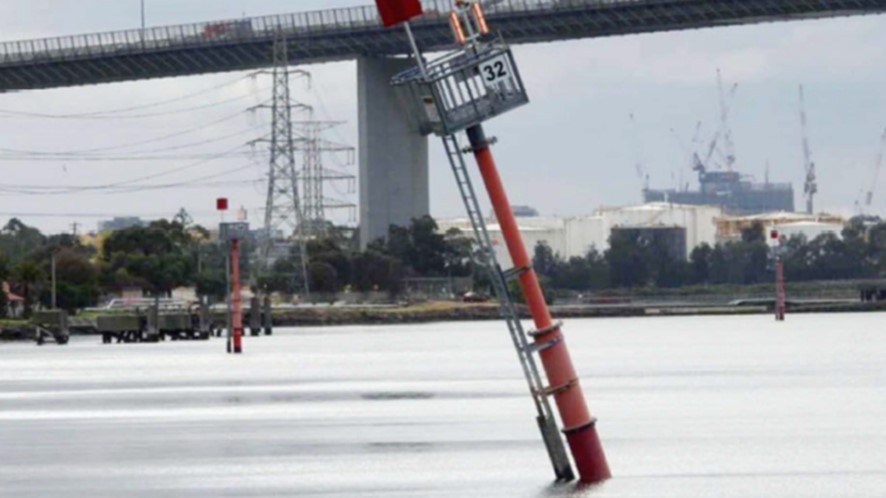Modeling currents together with wind and waves provides more accurate predictions for weather forecasts and climate scientists.
As hurricanes grow in power as the climate changes, accurately modeling the interactions between the atmosphere and the ocean grows increasingly important to prepare people to batten down or to evacuate. The many mechanisms of the atmosphere-ocean system – known as air-sea flux – make modeling extremely complicated, however.
Why model?
Numerical models solve equations that describe the atmosphere, ocean, and land surface to predict future weather and climate. Interactions among each model component, such as heat exchange between atmosphere and ocean, play an important role in driving both oceanic and atmospheric circulation.
Qi Shi, a postdoctoral researcher in the at Michigan Technological University, has created the first detailed analysis of ocean and atmospheric responses to currents, waves and wind. In the article “” published in Remote Sensing this summer, Shi argues that current numerical models simply don’t account for the impact of waves, currents and wind coupled together. This coupling is crucial because without it, models do not accurately represent marine atmospheric boundary layer processes.
About the Researcher









